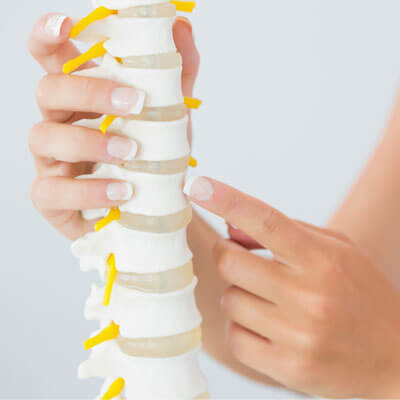 To most it may seem obvious a spinal misalignment, or subluxation, can affect the ligaments, tendons, and joints of the spine. However, it can do much more than that! In fact, it can have an effect on the entire body.
To most it may seem obvious a spinal misalignment, or subluxation, can affect the ligaments, tendons, and joints of the spine. However, it can do much more than that! In fact, it can have an effect on the entire body.
Have a nagging knee problem you can’t seem to shake? Or has your hip been bothering you each time you work out but doctors cannot seem to find a problem and want to give you pain meds? What if your spinal misalignment is causing your entire body to be out of balance, creating more pressure on one hip or knee? For example, if a patient weighs 200 pounds and has 5% more weight on one side, with each step they are creating 10 pounds of extra pressure. It may not seem like a lot, but it adds up over the course of ten or twenty thousand steps in a day. Maybe your knee problem isn’t a knee problem at all and that’s why nobody can seem to solve the problem.
Getting to the Root Cause of the Problem
This is where many people run into problems. You might continue to take pain medications to alleviate the pain, but does that really get to the root of the problem? Of course not. You might even have a practitioner work on the hip, knee, or pelvis and it could provide temporary relief.
But what if the upper cervical spine was the real problem? Accidents, injuries, and repetitive stress can cause the atlas to misalign, causing the head to move off center. This creates an imbalance your body tries to self-correct, creating a chain reaction where one hip is high and one hip is low when standing. One leg is long and one leg is short when lying down. Unless this is corrected, you may find yourself fighting an uphill battle, never seeming to get to the underlying cause of your pain. If you cannot seem to find the solution, you may want to consider an Orthospinology evaluation to determine if it’s something that might be able to help.
